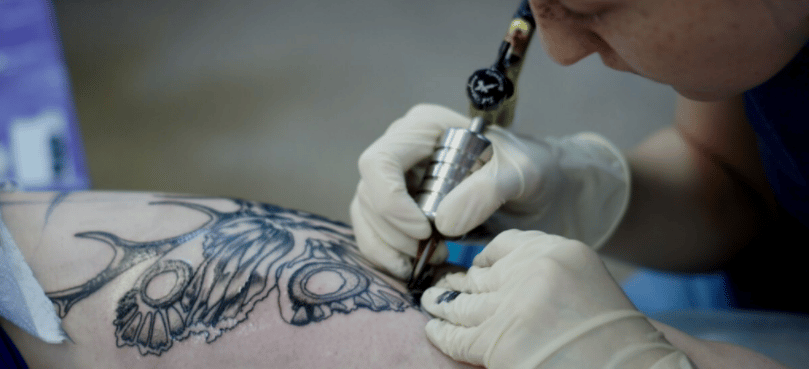Today, most investors are purchasing broken, and distressed hotels in the United States and are changing them into low-cost rental apartments. And this shows the way the sudden pandemic outbreak has changed the real-estate domain in America. All these buyers are in an attempt to leverage the crisis faced by the hotel industry. They are all set to capture the foreclosed and struggling properties at a bargain cost. Additionally, they are also trying to gain profit from the increasing demand for affordable housing from the families who got compelled to downsize at the time of the recession.
The increasing percentage of hotel conversion is a sign of the pandemic’s trouble caused the hotel segment. Today, several hotels are shut down and are incurring losses because of a significant reduction in travel.
The best practices to consider to assess a hotel for conversion
According to Maxwell Drever, just because a hotel is not performing well doesn’t qualify it to get converted into an office or a low-cost housing unit for the ones who need it. Even though maximum conversions would mean more people getting a place to reside, still there are certain practices to evaluate a hotel for being apt for the conversion.
1. The location of the hotel has an essential role to play
Studies have revealed that a huge section of the workforce shifted to the remote areas in search of a home. And that has resulted in a lengthy commute to their job location. It not only increases the travel time and cost, and disturbs their work-life balance but also the ability to save. Hence, if a broken hotel or distressed property is situated at a strategic location that is connected to the best conveyance mediums, it is considered to be a good choice for the conversion.
2. The way the hotel has been constructed and its layout
Usually, most hotels are constructed in the structure of a home. However, because it’s a hotel, it has an element of luxury. However, before the conversion it needs to be checked whether the process of transformation is easy and aligned with the plan for the affordable housing units. In such a scenario, the development cost will be less and the hotel owners and other essential agencies involved don’t need to pay extra for the conversion process.
3. Faults with the property and scope for repairs
Maxwell Drever says that once a hotel gets converted into a low-cost housing unit, it will act as a residence for the workforce population and the ones who are homeless. Hence, one must ensure whether the property has any innate flaws in its foundation and base. That will ensure that the property doesn’t witness any cracks or collapse during or after the conversion. Finally, it is also essential to check whether there is any need for minor or major repairs.
These are essential practices and guidelines that will enable developers and architects to check whether a hotel is apt to get converted into affordable workforce housing.



















Leave a Reply